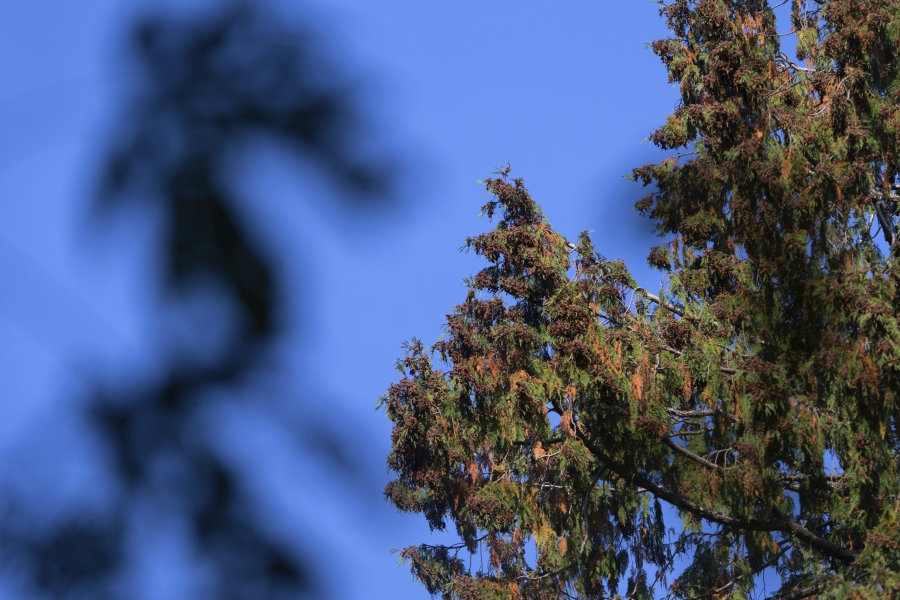Local tree experts are planting ahead for the area’s future generations. Literally.
July was the hottest month on record worldwide, and some climatologists predict intensifying summers will continue. The onset of high temperatures for long periods is threatening regional trees that aren’t adapted to these conditions.
“Our palate of trees is going to have to change,” said Charles Ray, Vancouver’s urban forester.
The city of Vancouver has assembled a list of climate-adaptive trees, both coniferous and deciduous, native and non-native, that are likely to persist amid intensifying summer conditions. However, just because these trees are drought- and heat-tolerant doesn’t mean they don’t need water or are immune to extreme weather, Ray said.
Extreme heat causes tree leaves to close their stomata, pores that allow the plant to cool itself, and causes the tree to slow its growth to conserve resources. A lack of water during droughts can lead to nutrient deficiency and weaken a tree’s immunity, making it susceptible to pests and disease. Eventual symptoms can look like leaf scorch, wilting and dying twigs.




